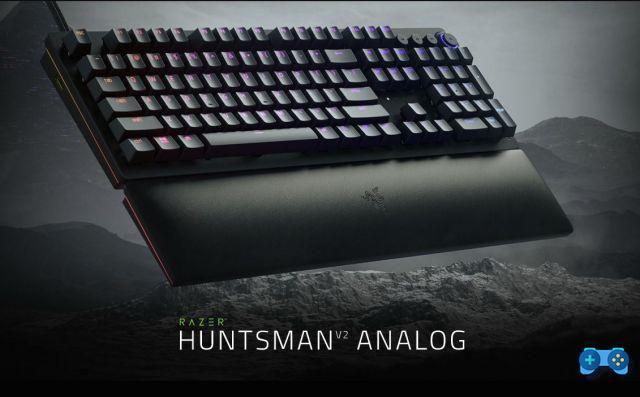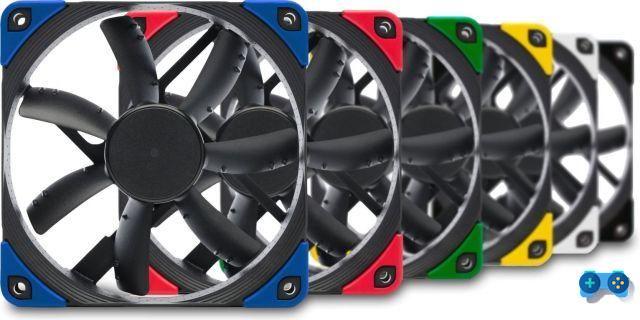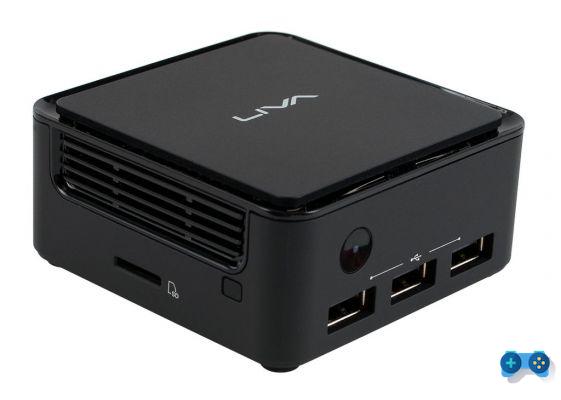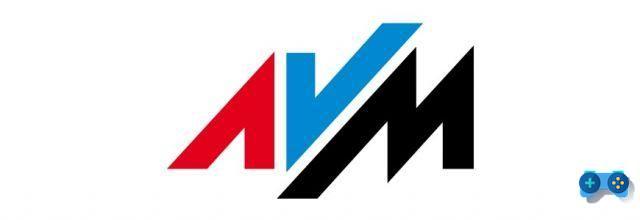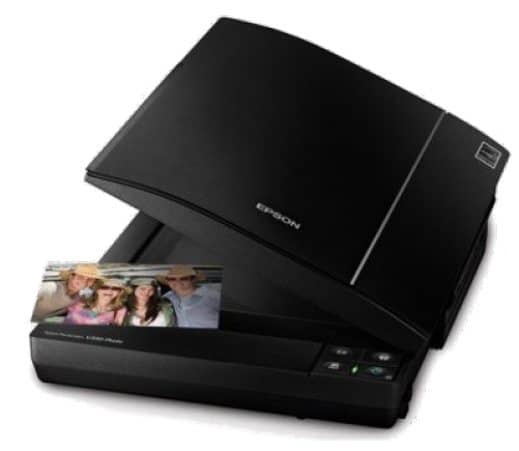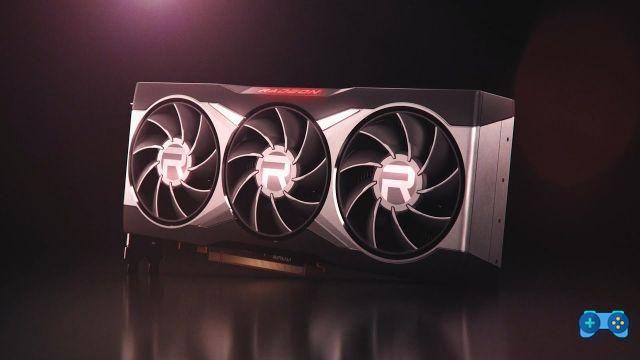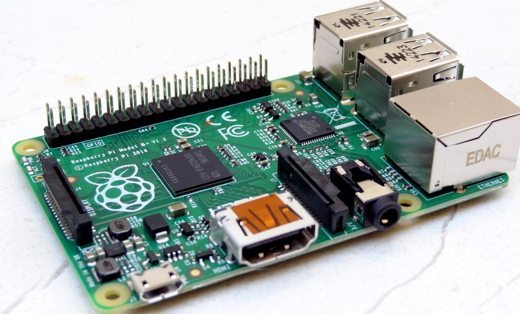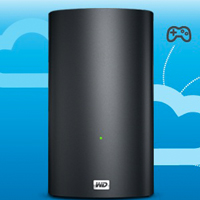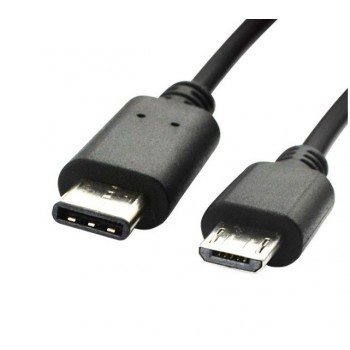Everything you need to know about the first RX Vega GPUs.
The long wait has come to an end: AMD has finally officially presented the Radeon RX Vega 56 and Radeon RX Vega 64, revealing all the details including specifications and performance. At launch, therefore, the new RX Vega family will be able to count on two models with decidedly attractive numbers.
First, AMD announced the promotion Radeon Pack for the United States, which will propose bundles along with the new GPUs:
- Radeon Aqua Pack with Radeon RX Vega 64 liquid cooling - $ 699
- Radeon Black Pack with Radeon RX Vega 64 air-cooled - $ 599
- Radeon Red Pack with Radeon RX Vega 56 - $ 499
All packages in question will contain the reference version of the graphics cards. The Radeon Red Pack will include two free titles (Prey 2 and Wolfenstein II), while the Black Pack, in addition, will offer $ 100 off a Ryzen 7 CPU. other packages plus an additional $ 200 discount on an ultra-wide Samsung Free-Sync monitor. These promotions will be available for a limited time in selected regions. We still don't know if similar offers will arrive.
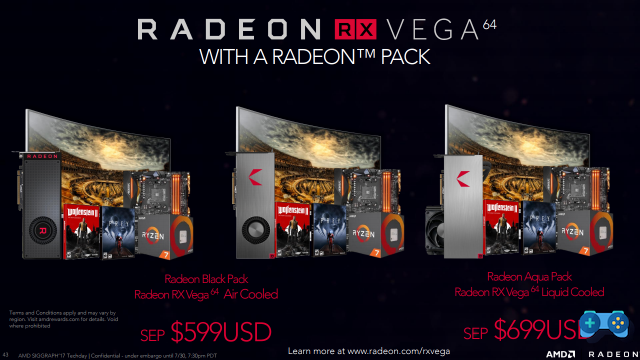
AMD Radeon RX Vega lineup specifications
In terms of technical specifications, the Radeon RX Vega 64 takes full advantage of the Vega 10 architecture and boasts well 4096 Stream Processors, while the Radeon RX Vega 56 is a “castrated” version and has on its side 3584 Stream Processors.
The 14nm GFX9 graphics chip is based on the NCU (Next Compute Engine) design and measures approximately 484mm2 as well as having 12.5 billion transistors. The chip Vega 10 it can count on 64 Compute Units (hence the name of the top model) or 4096 Stream Processors and 256 TMU. AMD intends to increase the power of the chip by pushing on the clock speed and this will allow the company to record better performance than the Fiji architecture with the same number of cores and Stream Processors.
Both GPUs have one 2GB VRAM HBM8 memory, but they differ in other characteristics. The Radeon RX Vega 64, for example, sports a bandwidth of 484GB / s, 12.6 TFLOP of power and a TDP of 295W, while the RX Vega 56 has 410GB / s, 10.5 TFLOP and a TDP of 210W.
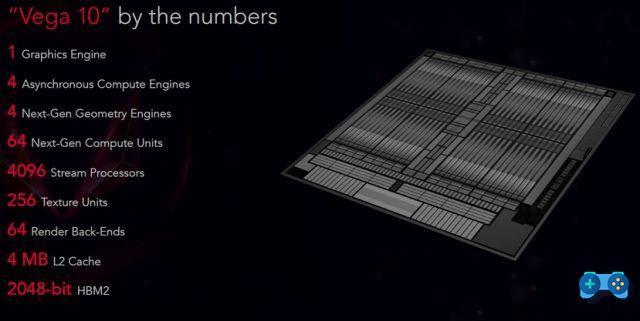
Comparing the R9 Fury X (Fiji) and the RX Vega 64 (Vega 10), it can be seen that the first has a bandwidth of 512 GB / s, therefore higher, but half the VRAM and a lower base clock speed, 1000 MHz against the 1247 MHz of the newcomer. The difference is even more marked in the maximum clock speed, 1050 MHz versus 1546 MHz, which perfectly reflects AMD's plans with the new graphics chip.
Below is the table that compares the specifications of the latest AMD and NVIDIA graphics cards, in order to have an immediate feedback on the actual potential: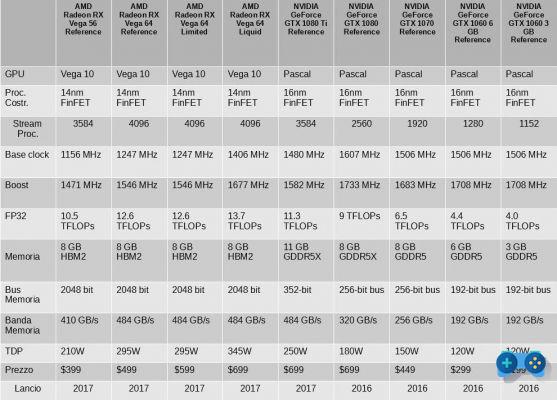
The performance of AMD Radeon RX Vega 64
The largest of the RX Vega family in Liquid version stands as a direct rival of one of the giants of NVIDIA, namely the GeForce GTX 1080. In the benchmarking in 4K shown, the RX Vega 64 is able to practically equalize the comparison, with a few more fps for NVIDIA. AMD, however, gains a few points in performance stability in terms of the minimum fps range achieved in various titles.
Obviously, the tests were carried out based on reference models in optimal environments, so to evaluate the actual performance we will need to see how ASUS, Gigabyte and company will decide to push the RX Vega 64.
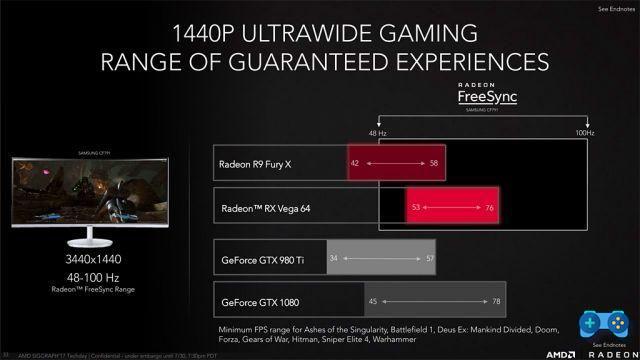
There is also room for a Nano model
But when the surprises seemed over, one was also spotted during the Capsaicin Siggraph Radeon RX Vega Nano in the hands of a smiling (and elusive) Chris Hook of AMD, of whom, however, nothing is yet known except that the design reflects the lines of the R9 Nano.
Finally, the launch of the RX Vega 64 (reference) is scheduled for August 14 in the United States, while for the RX Vega 56 it will be necessary to wait a little longer. Presumably, the new AMD GPUs will debut at the beginning of September along with the models customized by the manufacturers, among which ASUS has already announced the arrival of a ROG STRIX RX Vega 64.
Gallery:
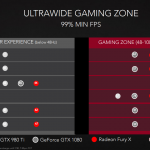
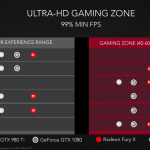


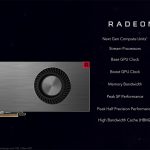

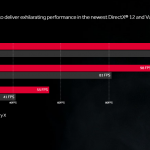
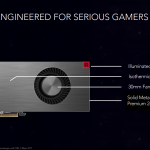
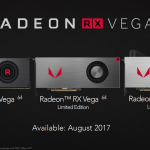

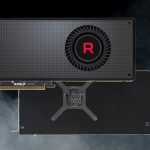
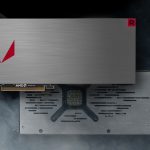
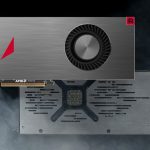
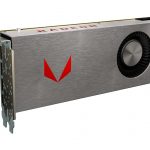
Source: wccftech.com
Deprecated: Automatic conversion of false to array is deprecated in /home/soultricks.com/htdocs/php/post.php on line 606




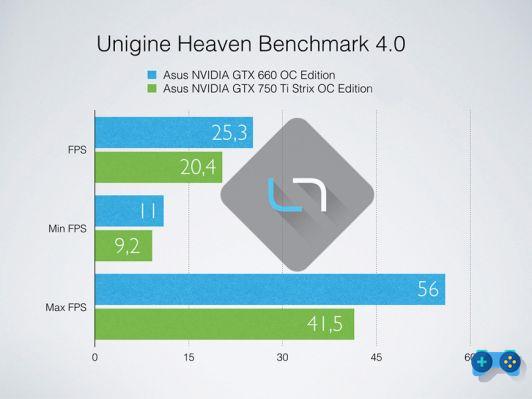

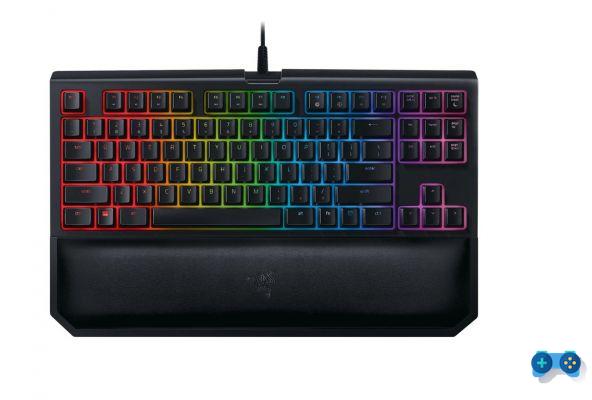
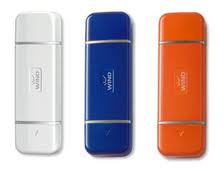
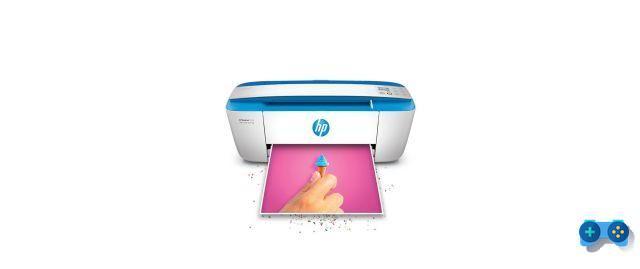
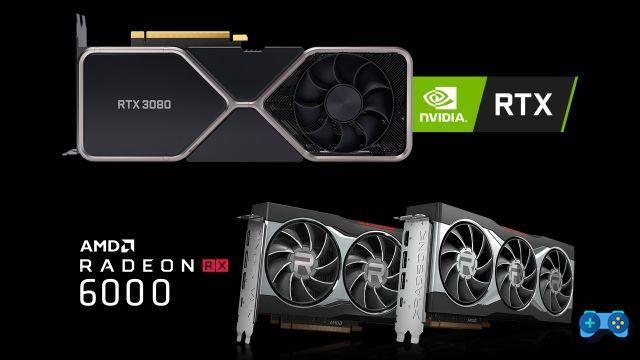
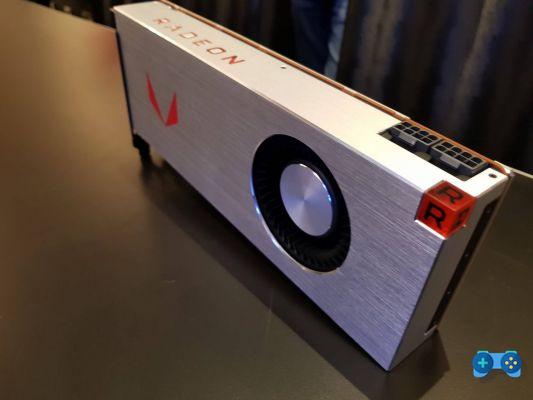

![[Guide] AMD Radeon 6970 bios flash on Radeon 6950](/images/posts/5a4f2e1de64af0ab9157a8720bbd4b54-0.jpg)
